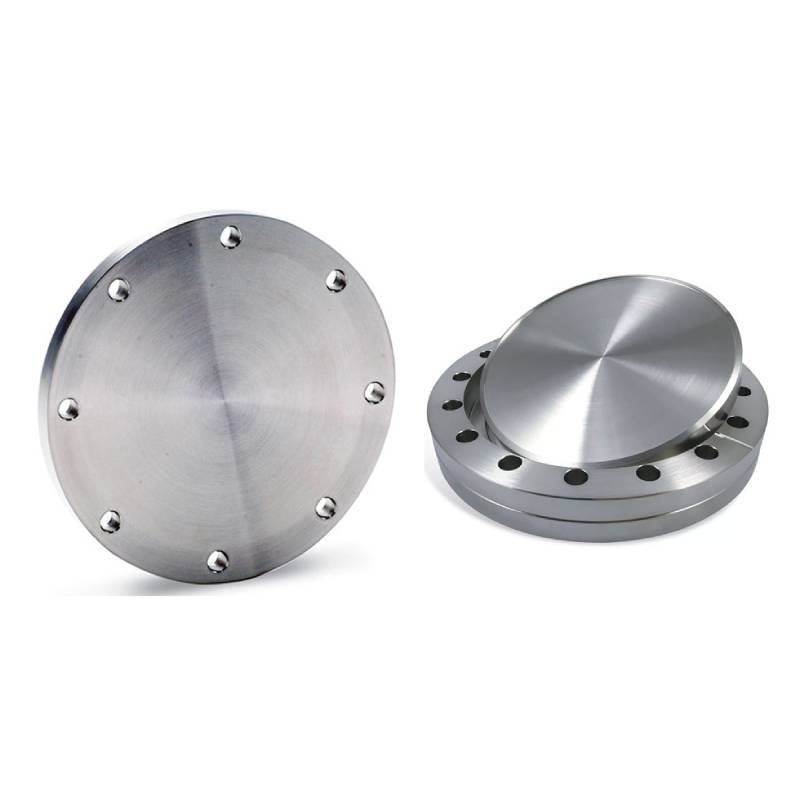-
Cangzhou Yulong Steel Co., Ltd.
-
Phone:
+86 13303177267 -
Email:
admin@ylsteelfittings.com
- English
- Arabic
- Italian
- Spanish
- Portuguese
- German
- kazakh
- Persian
- Greek
- French
- Russian
- Polish
- Thai
- Indonesian
- Vietnamese
- Zulu
- Korean
- Uzbek
- Hindi
- Serbian
- Malay
- Ukrainian
- Gujarati
- Haitian Creole
- hausa
- hawaiian
- Hebrew
- Miao
- Hungarian
- Icelandic
- igbo
- irish
- Japanese
- Javanese
- Kannada
- Khmer
- Rwandese
- Afrikaans
- Albanian
- Amharic
- Armenian
- Azerbaijani
- Basque
- Belarusian
- Bengali
- Bosnian
- Bulgarian
- Catalan
- Cebuano
- China
- China (Taiwan)
- Corsican
- Croatian
- Czech
- Danish
- Esperanto
- Estonian
- Finnish
- Frisian
- Galician
- Georgian
- Kurdish
- Kyrgyz
- Lao
- Latin
- Latvian
- Lithuanian
- Luxembourgish
- Macedonian
- Malgashi
- Malayalam
- Maltese
- Maori
- Marathi
- Mongolian
- Myanmar
- Nepali
- Norwegian
- Norwegian
- Occitan
- Pashto
- Dutch
- Punjabi
- Romanian
- Samoan
- Scottish Gaelic
- Sesotho
- Shona
- Sindhi
- Sinhala
- Slovak
- Slovenian
- Somali
- Sundanese
- Swahili
- Swedish
- Tagalog
- Tajik
- Tamil
- Tatar
- Telugu
- Turkish
- Turkmen
- Urdu
- Uighur
- Welsh
- Bantu
- Yiddish
- Yoruba

Dec . 12, 2024 17:57 Back to list
Stainless Steel Welded Pipe Fittings for Reliable and Durable Connections
Understanding Stainless Steel Weld Pipe Fittings
Stainless steel weld pipe fittings are integral components in various piping systems, playing a crucial role in ensuring the integrity and reliability of fluid transport. Used extensively in industries such as oil and gas, pharmaceuticals, food processing, and water treatment, these fittings are designed to join pipes or sections of piping seamlessly. The use of stainless steel, with its exceptional corrosion resistance and strength, contributes significantly to the longevity and durability of these fittings.
Why Choose Stainless Steel?
One of the primary reasons for selecting stainless steel for weld pipe fittings is its inherent resistance to corrosion. Unlike conventional metals, stainless steel contains a significant amount of chromium, which forms a passive layer of chromium oxide on the surface when exposed to oxygen. This layer acts as a protective barrier, preventing rust and corrosion even in harsh environments. As a result, stainless steel fittings are ideal for applications where exposure to moisture, chemicals, or elevated temperatures could compromise the integrity of the material.
Another advantage of stainless steel is its strength. Stainless steel weld fittings are known for their durability and ability to withstand high pressures and temperatures, making them suitable for both high-pressure applications and extreme environments. This strength is further enhanced by the welding process, which can create a joint that is as strong as, or even stronger than, the parent material.
Types of Stainless Steel Weld Pipe Fittings
Stainless steel weld pipe fittings come in various types, each designed for specific applications and configurations. The most common types include
1. Elbows These fittings are used to change the direction of a pipe, typically available in 90-degree or 45-degree angles. Elbows ensure a smooth flow and can mitigate turbulence, which is essential for systems that need to maintain a specific flow rate.
2. Tees Tees are used to connect three sections of piping, allowing for a branching of the flow. They are crucial in applications where multiple directions of fluid transport are necessary.
stainless steel weld pipe fittings

3. Reducers These fittings are employed to connect pipes of different diameters, allowing for a gradual transition that helps reduce turbulence and maintain efficient flow.
4. Caps and Plugs Used to seal the ends of pipes, caps and plugs are essential for preventing leaks and ensuring the integrity of the system.
5. Couplings and Unions These fittings are designed to connect two pipes together, either in a straight line or with the ability to disconnect for maintenance purposes.
Advantages of Welded Fittings
The welding process used to create these fittings offers numerous benefits. Welded stainless steel fittings provide excellent leak resistance due to the strong molecular bond formed during the welding operation. This bond significantly reduces the risk of leaks that can occur with threaded or flanged fittings.
Moreover, welded joints are less likely to be affected by thermal expansion and contraction compared to other types of fittings. This stability makes welded fittings an ideal choice for systems that face fluctuations in temperature and pressure, ensuring a secure and long-lasting connection.
Conclusion
In summary, stainless steel weld pipe fittings are essential components in a wide range of industrial applications. Their resistance to corrosion, strength, and reliability make them an excellent choice for fluid transport systems. With various types such as elbows, tees, reducers, and other fittings, they provide versatile solutions for connecting pipes in an efficient and effective manner. By choosing stainless steel weld fittings, industries can ensure the longevity and safety of their piping systems, ultimately leading to improved operational efficiency and reduced maintenance costs. As industries continue to evolve and face new challenges, the importance of robust and reliable materials like stainless steel will undoubtedly remain paramount.
Latest news
-
ANSI 150P SS304 SO FLANGE
NewsFeb.14,2025
-
ASTM A333GR6 STEEL PIPE
NewsJan.20,2025
-
ANSI B16.5 WELDING NECK FLANGE
NewsJan.15,2026
-
ANSI B16.5 SLIP-ON FLANGE
NewsApr.19,2024
-
SABS 1123 FLANGE
NewsJan.15,2025
-
DIN86044 PLATE FLANGE
NewsApr.19,2024
-
DIN2527 BLIND FLANGE
NewsApr.12,2024
-
JIS B2311 Butt-Welding Fittings LR/SR 45°/90° /180°Seamless/Weld
NewsApr.23,2024











